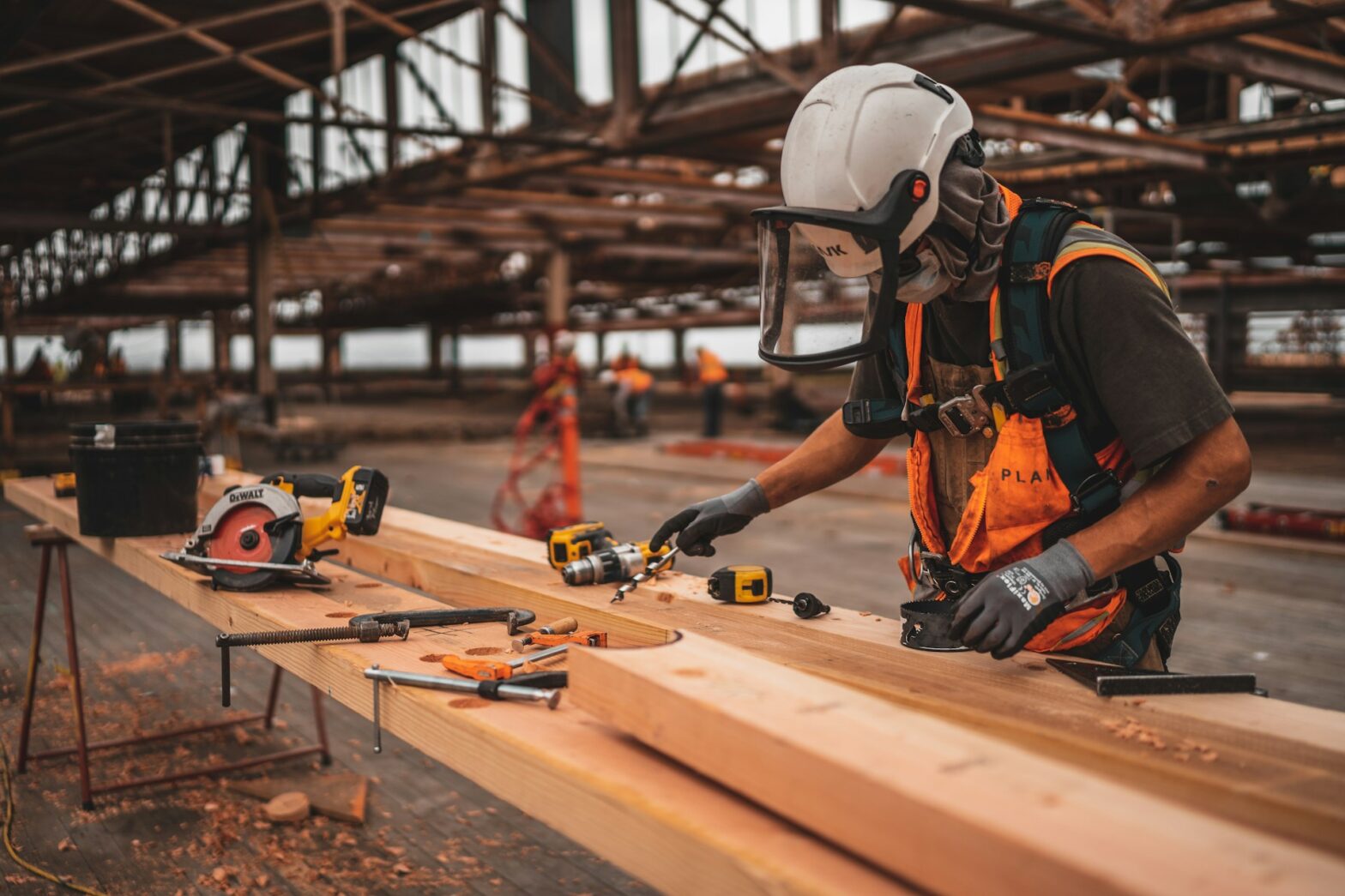Safe construction sites are a critical priority in the U.S. construction industry, where construction standards and safety measures are in place to prevent accidents, injuries, and deaths. Construction site safety is crucial not just for protecting lives but also for improving productivity and reducing costs associated with accidents and downtime. This article explores the significance of safety guidelines for construction sites and delves into the latest technological innovations that enhance worker safety, with a focus on their application in the USA and the importance for Asia-Pacific companies to adopt these technologies.
The Importance of Safety in the Worldwide Construction Industry
Construction sites are fraught with hazards, from heavy machinery and high elevations to electrical systems and hazardous materials. The global construction industry faces significant challenges in ensuring construction site safety. According to the International Labour Organization (ILO), construction workers suffer one of the highest rates of workplace injuries and fatalities. This makes the implementation of robust safety protocols for construction sites and the adoption of advanced safety technologies imperative.
Safety Standards Asian Pacific Construction Companies Need to Know to Work in the USA
Understanding and adhering to American safety standards is crucial for Asia-Pacific construction companies aiming to work in the USA. The Occupational Safety and Health Administration (OSHA) sets and enforces standards to ensure safe and healthful working conditions for workers.
OSHA’s regulations cover various aspects of construction safety, including the use of personal protective equipment (PPE), fall protection, hazard communication, and more. Compliance with these standards is mandatory for all construction projects in the USA. Employers are responsible for providing a safe workplace and ensuring that all construction safety measures are in place.
In addition to OSHA’s standards, each state has its own construction safety standards. For example, New York’s construction safety laws consider the most dangerous accidents on its construction sites and provide stricter standards than OSHA’s. Failure to comply with OSHA and local standards can result in citations, fines, site shutdowns, and personal injury claims that can reach millions of dollars.
Most Important Technology Innovations in Safety for Construction Sites
Technological advancements have paved the way for innovative solutions to enhance safe building practices. Here are some of the most important technological innovations:
Computer-Aided Design (CAD)
Computer-aided design (CAD) is a technology used to create precise technical illustrations. CAD systems enable the creation of three-dimensional models that provide a comprehensive view of the construction site. These models help in planning safe work processes and identifying hazards. For instance, CAD can simulate the placement of scaffolding and heavy machinery, ensuring that all elements are safely positioned. By foreseeing and mitigating risks during the planning phase, CAD significantly enhances worker safety.
Building Information Modeling (BIM)
Building Information Modeling (BIM) is a digital representation of a building’s physical and functional characteristics. It involves the creation and management of digital models that encompass every aspect of the construction process. BIM’s role in worker safety is multifaceted. It enables detailed planning and visualization of construction activities, helping to identify and mitigate hazards before they become a threat.
Prefabrication of Building Parts
Prefabrication involves manufacturing building components off-site in a controlled environment and transporting them to the construction site for assembly. This method enhances safety by reducing the amount of work needed on-site, where conditions are often less controlled and more hazardous. Prefabrication also shortens the construction timeline, reducing workers’ exposure to hazardous conditions.
Smart Personal Protective Equipment (PPE)
Smart Personal Protective Equipment (PPE) incorporates technology to provide real-time monitoring and feedback on workers’ safety. This includes items like smart helmets, vests, and glasses equipped with sensors that can detect environmental hazards, monitor vital signs, and alert workers and supervisors. For example, a smart vest could monitor a worker’s heart rate and body temperature, alerting them if they are at risk of heat stress. This proactive approach to safety helps prevent accidents and health issues before they occur.
Sensor Data on Buildings
Sensors installed on buildings can monitor structural integrity, environmental conditions, and other critical factors that affect safety. These sensors can detect issues such as structural shifts, temperature fluctuations, and the presence of harmful substances, providing data that can be used to prevent accidents. For example, sensors can detect vibrations or movements that indicate structural weaknesses, allowing for timely interventions before a collapse occurs.
What Should Workers Do If They Are Involved in a Construction Site Accident?
If a worker is involved in a construction accident, it’s crucial to act quickly and follow these steps to ensure safety and protect their legal rights. First, seek immediate medical attention for any injuries, no matter how minor they may seem. Prompt medical care ensures the worker’s well-being and documents their injuries for future claims. Report the accident to the supervisor or employer as soon as possible, providing a detailed account of the incident. This helps create an official record, which is vital for workers’ compensation claims. Gather evidence from the accident scene, such as photos, witness statements, and relevant documentation. Consult a legal professional experienced in construction accidents to understand the worker’s rights and options. They can guide workers through the process of filing for workers’ compensation or pursuing any other legal actions necessary to secure compensation for injuries and damages.
A New Era of Construction Safety
Safe construction sites are essential for protecting workers and ensuring the successful completion of projects. Technological innovations have significantly enhanced the ability to monitor and improve safety in the construction industry. From CAD and BIM to smart PPE and drones, these technologies provide valuable tools for identifying and mitigating hazards, improving efficiency, and ensuring compliance with safety standards. Understanding and implementing these technologies is crucial for Asia-Pacific companies aiming to expand into the U.S. market. By adhering to safety protocols and leveraging advanced tools, these companies can ensure construction site safety, comply with regulatory standards, and contribute to a safer construction industry globally.




























